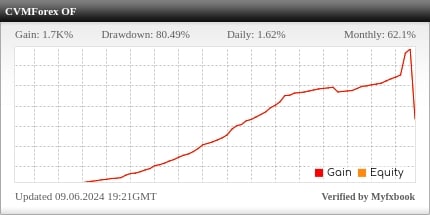The forex currency market, often referred to as the forex or FX market, is the largest and most liquid financial market in the world. With trillions of dollars traded daily, it offers immense opportunities for traders to profit. However, one of the critical factors that can determine your success in the forex market is timing. Proper market timing can make the difference between a profitable trade and a losing one. In this article, we will explore some key strategies for mastering forex currency market timing.
Understanding Market Hours
The forex market operates 24 hours a day, five days a week, due to its global nature. It’s crucial to be aware of the major trading sessions: the Asian, European, and North American sessions. Each session has its characteristics and influences on currency pairs.
Economic Calendar Analysis
Keeping an eye on economic calendars is vital. Major economic events and data releases can have a significant impact on currency prices. For instance, central bank interest rate decisions, employment reports, and GDP announcements can create sudden market movements. Timing your trades around these events can help you avoid unexpected volatility.
Technical Analysis
Technical analysis involves studying historical price charts and patterns to predict future price movements. Timing your trades based on technical indicators like moving averages, RSI, and Fibonacci retracements can be effective. Traders often wait for key technical levels to be reached before entering or exiting positions.
Use of Trading Sessions
As a trader, it’s essential to know your trading style and align it with the right market session. For instance, day traders might prefer the London or New York session when volatility is high. Swing traders may focus on longer timeframes and can trade during any session.
Risk Management
Timing isn’t just about when to enter a trade; it’s also about knowing when to exit. Setting stop-loss and take-profit orders helps you manage risk and lock in profits at the right time. Avoid the temptation to overtrade or hold positions for too long, which can lead to losses.
Backtesting and Strategy Development
Develop a trading strategy that includes specific timing rules. Backtesting your strategy using historical data can help you refine your approach and determine which timing parameters work best for your chosen currency pairs.
Leverage and Margin Considerations
Timing your trades should also consider your margin and leverage. Using high leverage can amplify profits, but it can also lead to significant losses if the timing is off. Be cautious and manage your leverage wisely.
Continuous Learning
The forex market is dynamic, and market timing strategies may need adjustments over time. Keep learning and stay updated on market news and developments to adapt to changing conditions.
Emotional Control
Emotions can interfere with timing decisions. Avoid impulsive trades driven by fear or greed. Stick to your trading plan and execute your trades with discipline.
In conclusion, mastering forex currency market timing is a crucial skill for traders seeking success in this vast financial market. It involves a combination of understanding market hours, economic events, technical analysis, risk management, and continuous learning.













